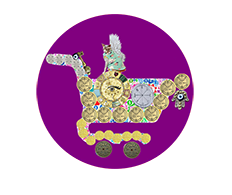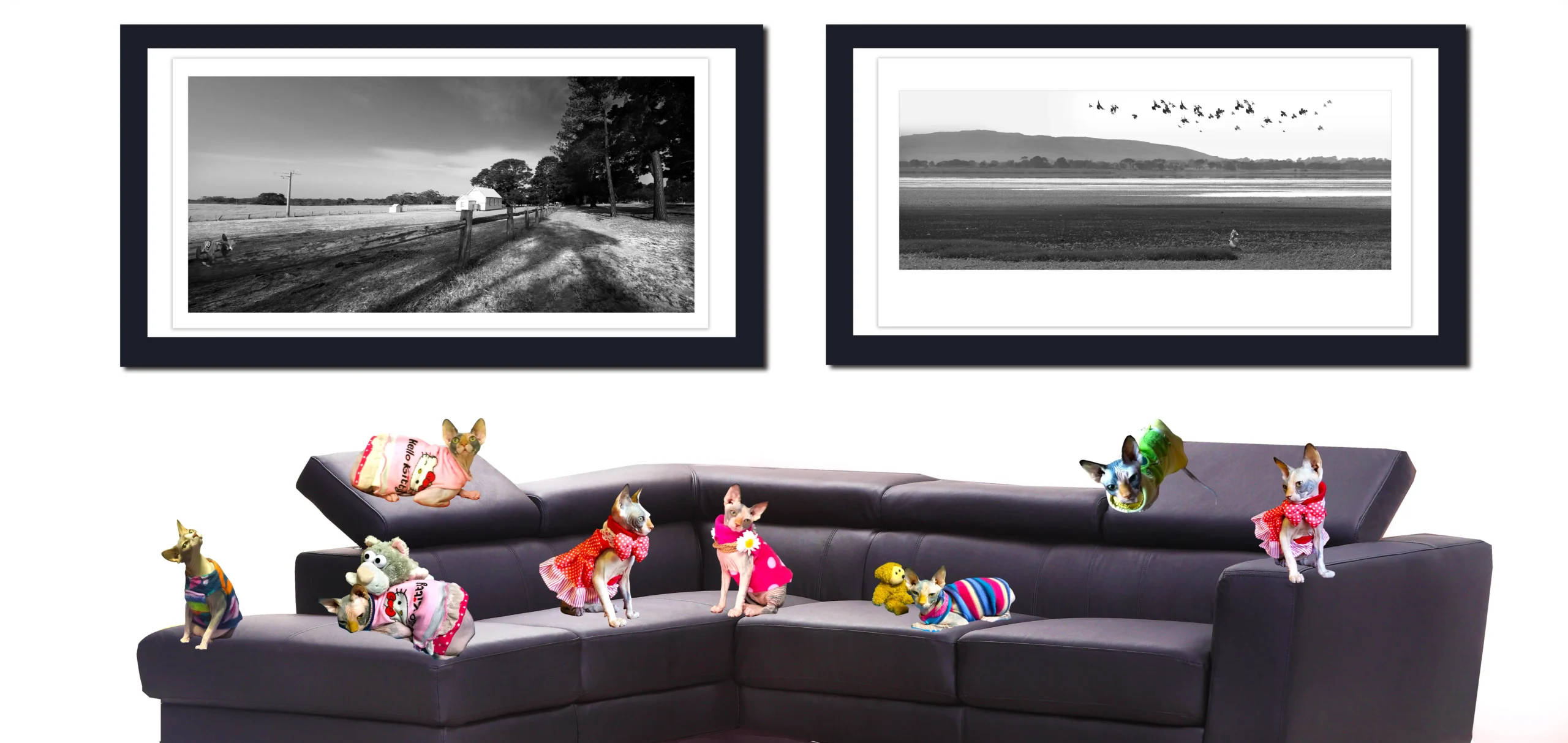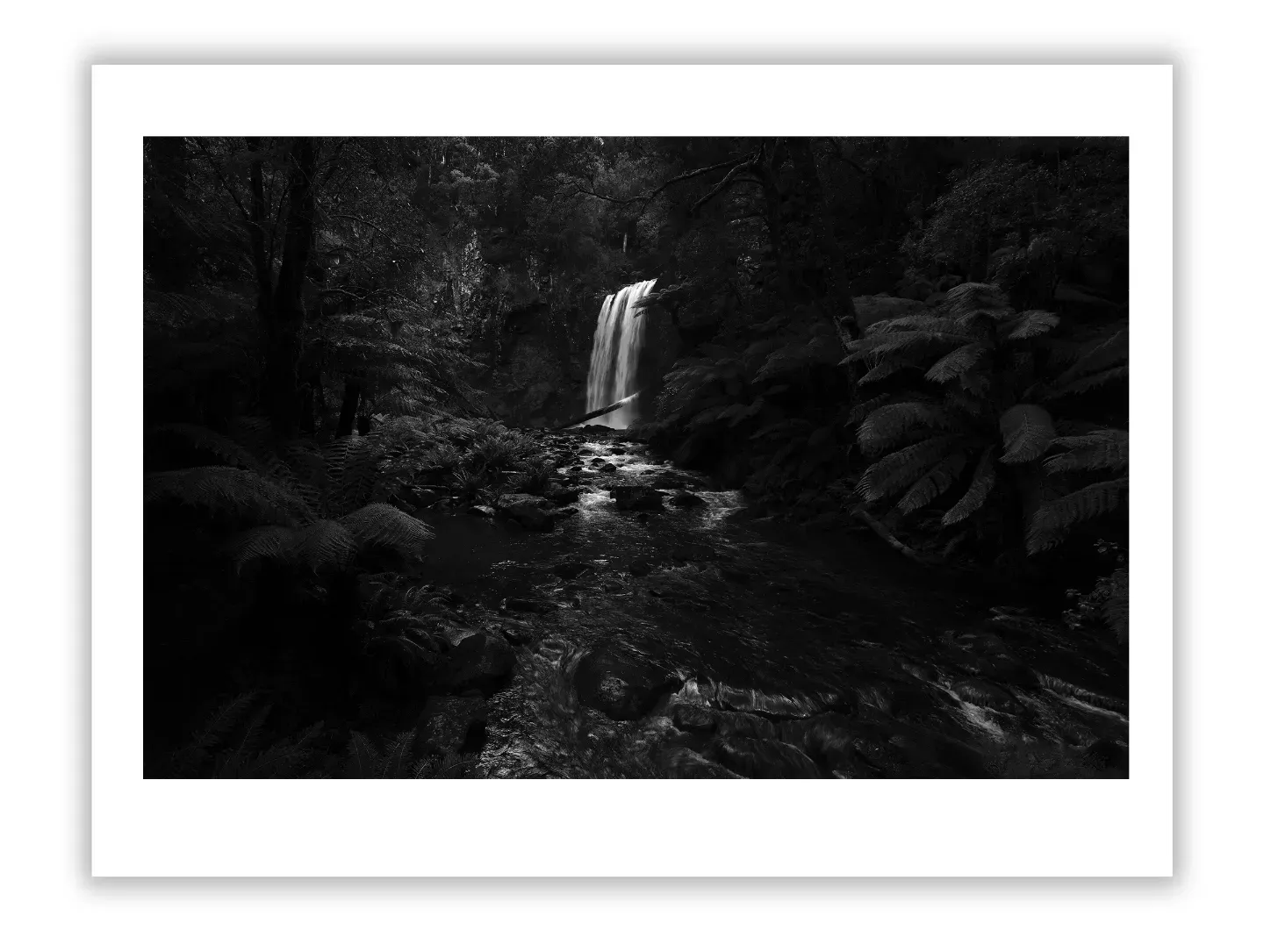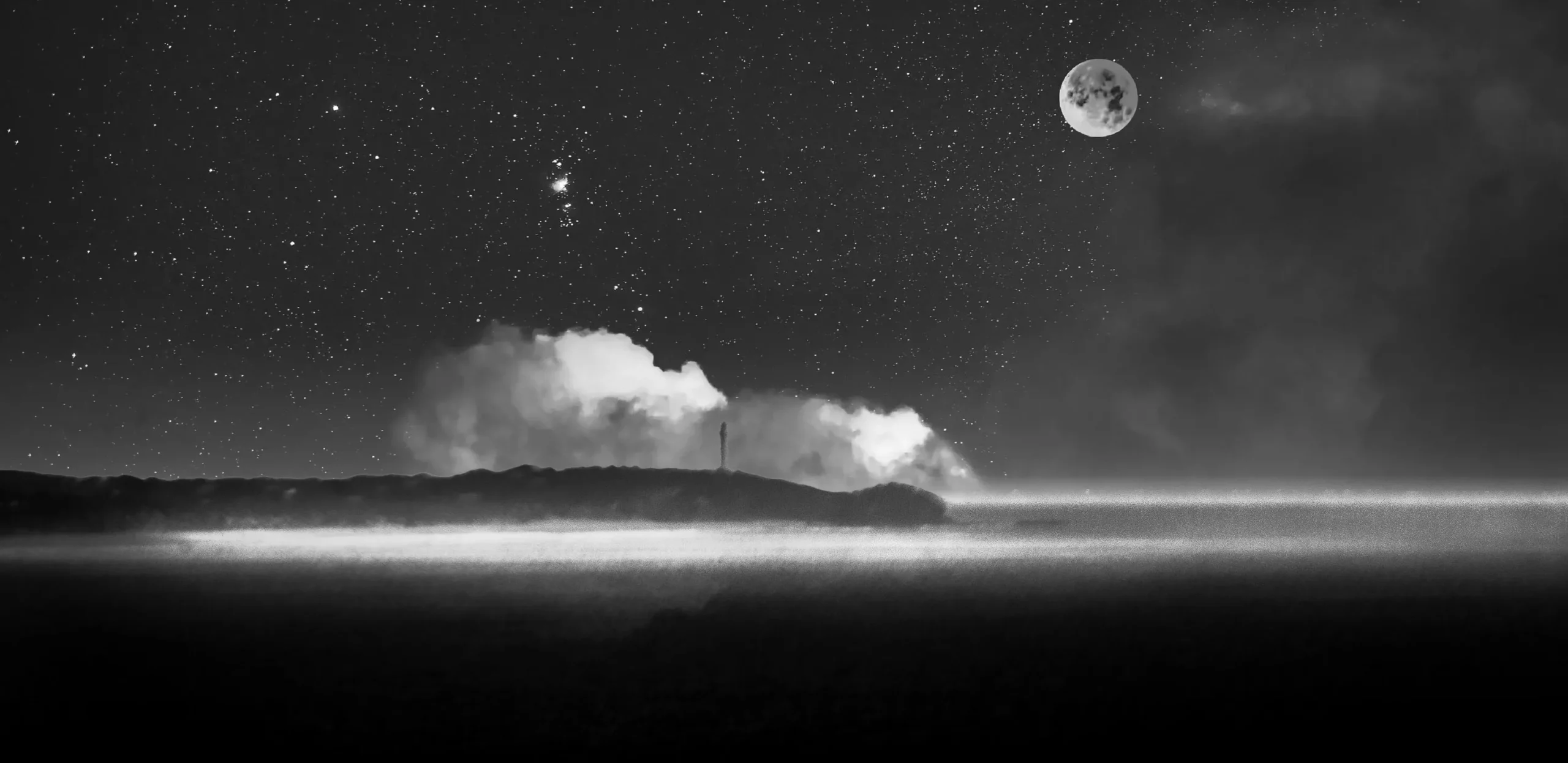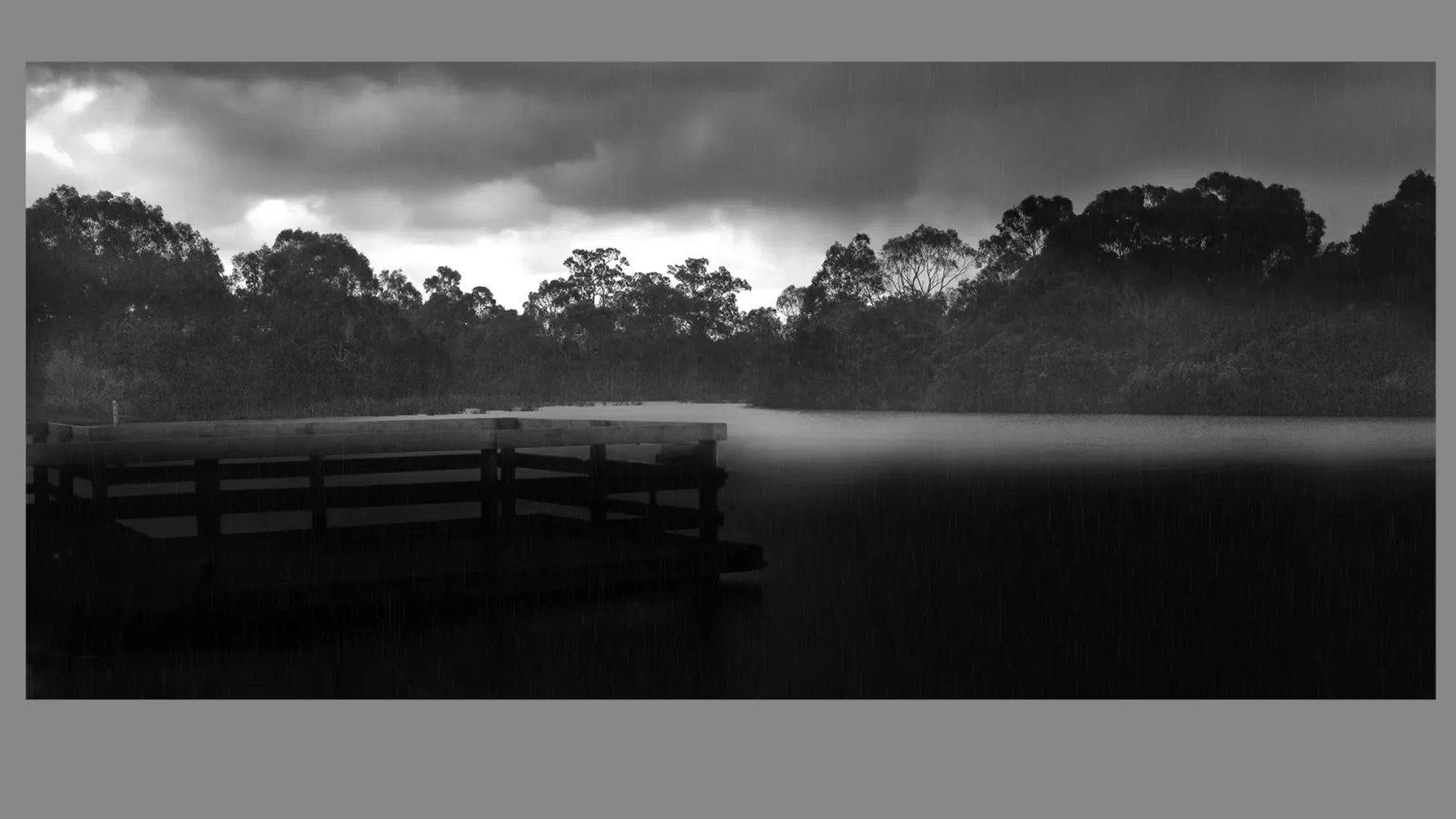Private Art Collections That Became Museums
Table of Contents
- Introduction
- Historical Background
- Notable Private Art Collections Transformed into Museums
- The Role of Collectors in the Art World
- The Museumization Process
- Challenges in Managing Private Collections
- Cultural and Educational Contributions of Former Private Collections
- Modern-Day Examples
- The Future of Private Art Collections and Museums
- Conclusion
1. Introduction
Private art collections have played a pivotal role in shaping the art world as we know it today. These collections, often amassed by wealthy individuals or families, provide a window into the tastes, priorities, and intellectual curiosities of their owners. However, as society has evolved, many private collections have been opened to the public through transformation into museums. This article explores the history and significance of these collections, examining the process through which private art collections became public museums, the impact on the art world, and the contributions they have made to public understanding and appreciation of art.
2. Historical Background
The Evolution of Private Art Collections
Art collecting has a long history, with aristocrats, royalty, and wealthy individuals serving as patrons of the arts since the Renaissance. During this period, collections were often private affairs, with the intent to showcase the wealth and sophistication of their owners. In many cases, these collections included rare, valuable, or culturally significant works of art.
As time went on, the rise of public interest in art and culture led to a shift in how private collections were viewed. The idea of making art accessible to the public gained momentum during the Enlightenment, a period marked by intellectual growth and social reform.
The Concept of Art Museums and Public Access
The transformation of private collections into public museums marks a key moment in the evolution of art accessibility. Museums serve as institutions that preserve and display art for public enjoyment, education, and research. Many of the world’s most significant museums began as private collections and were gradually opened to the public either through the generosity of their owners or through state intervention.
3. Notable Private Art Collections Transformed into Museums
The Louvre: From Royal Collection to Public Museum
The Louvre is perhaps the most famous example of a private collection evolving into a public museum. Originally built as a royal palace in the 12th century, it housed the royal art collection of French kings. In 1793, during the French Revolution, the Louvre was converted into a public museum, making its extensive art collection accessible to the people.
The museum’s transformation was driven by the revolutionary ideals of equality and public access to cultural heritage. Over the years, the Louvre’s collection has expanded to include thousands of works from various periods and cultures, becoming one of the world’s largest and most visited museums.
The British Museum: The Enlightenment and Private Collectors
The British Museum, founded in 1753, began with a donation of Sir Hans Sloane’s private collection of over 71,000 objects. Sloane, a physician and collector, amassed his collection over a lifetime, which included manuscripts, ancient artifacts, and natural history specimens. Upon his death, his collection became the foundation of the British Museum.
The British Museum was one of the first institutions to make private collections publicly accessible. It is a testament to the Enlightenment belief in the universal right to knowledge and culture. Today, the museum houses millions of objects, ranging from ancient Egyptian relics to contemporary art.
The Guggenheim Museum: The Vision of Solomon R. Guggenheim
Solomon R. Guggenheim, an American businessman and philanthropist, began collecting modern art in the early 20th century. His collection was initially housed in a private gallery in New York, but as it grew, he envisioned creating a space for the public to experience the art he loved.
In 1939, the Solomon R. Guggenheim Museum opened its doors to the public, housed in a building designed by architect Frank Lloyd Wright. The museum was revolutionary for its design and the focus on modern art, with a collection that included works by artists such as Wassily Kandinsky, Paul Klee, and Marc Chagall. Today, the Guggenheim is a global institution with branches in Venice, Bilbao, and Abu Dhabi.
═════════════════════════════════════════════════════
Elevate your collection, your spaces, and your legacy with curated fine art photography from Heart & Soul Whisperer. Whether you are an art collector seeking timeless investment pieces, a corporate leader enriching business environments, a hospitality visionary crafting memorable guest experiences, or a healthcare curator enhancing spaces of healing—our artworks are designed to inspire, endure, and leave a lasting emotional imprint. Explore our curated collections and discover how artistry can transform not just spaces, but lives.
Curate a life, a space, a legacy—one timeless artwork at a time. View the Heart & Soul Whisperer collection. ➤Elevate, Inspire, Transform ➔
═════════════════════════════════════════════════════
The Getty Museum: J. Paul Getty’s Legacy
- Paul Getty, an oil tycoon, amassed one of the most significant private collections of art in the 20th century. His collection, which included European paintings, sculptures, and decorative arts, was housed in his private Getty Villa in Malibu, California.
Following his death in 1976, Getty’s estate established the J. Paul Getty Trust, and the Getty Center, designed by architect Richard Meier, was opened to the public in 1997. Today, the Getty Museum is renowned for its collections of European art, antiquities, and manuscripts.
The Frick Collection: From Private Home to Museum
The Frick Collection in New York City began as the private art collection of Henry Clay Frick, a wealthy industrialist. Frick’s collection, which includes masterpieces by artists such as Vermeer, Rembrandt, and Titian, was displayed in his private mansion on Fifth Avenue.
In 1935, after Frick’s death, his mansion was opened to the public as a museum. The Frick Collection remains a key institution in New York City, offering a more intimate museum experience with its focus on European paintings and decorative arts.
The Morgan Library & Museum: Pierpont Morgan’s Vision
Pierpont Morgan, a financier and philanthropist, amassed an extraordinary collection of rare books, manuscripts, and artworks. His collection, which included illuminated manuscripts, Renaissance drawings, and works by the Old Masters, was housed in his private library in New York.
Following his death in 1913, Morgan’s library was opened to the public, becoming the Morgan Library & Museum. Today, the museum houses one of the world’s finest collections of rare books, manuscripts, and artworks, including works by Shakespeare, Dickens, and Rembrandt.
The Isabella Stewart Gardner Museum: A Singular Vision of Art
Isabella Stewart Gardner, a wealthy philanthropist and art collector, created a private collection that reflected her eclectic tastes. She designed the Isabella Stewart Gardner Museum in Boston as both a home and a museum, displaying her collection of European, Asian, and American art in a unique setting.
Upon her death in 1924, Gardner’s will stipulated that the collection remain intact and that the museum be open to the public. Today, the museum is renowned for its beautiful courtyard, as well as its eclectic collection, which includes works by Titian, Rembrandt, and John Singer Sargent.
4. The Role of Collectors in the Art World
How Collectors Shape Cultural Narratives
Art collectors play a significant role in shaping cultural narratives by determining which works of art are preserved, celebrated, and shared with the public. Through their collections, they highlight certain artists, movements, and periods, shaping the way we understand art history.
The Relationship Between Collectors and Artists
The relationship between collectors and artists is often symbiotic. Collectors provide artists with financial support, while artists enrich collectors’ lives with their work. Many of the most renowned artists in history, such as Picasso, Rembrandt, and Van Gogh, were supported by private collectors who believed in their talent.
The Financial and Social Influence of Collectors
Collectors not only influence the art market but also play a crucial role in determining the financial value of art. Their purchases can drive up prices and make certain works more prestigious. Socially, collectors are often seen as cultural tastemakers, with their collections contributing to their reputation and status.
5. The Museumization Process
The Transition from Private Collection to Museum
The process of turning a private collection into a museum is complex and involves legal, financial, and logistical considerations. This section will explore the steps involved in this transition, from the initial decision to open the collection to the public to the challenges of preserving and displaying the works.
Legal, Social, and Cultural Considerations
The transformation of a private collection into a museum often requires navigating legal and cultural considerations. This section will explore the legalities of ownership, the rights of donors and heirs, and the role of public institutions in managing private collections.
The Curatorial and Management Challenges
Managing a public museum that was once a private collection presents numerous curatorial and organizational challenges. This section will discuss the role of curators, the importance of collection management, and the logistics of exhibiting works of art.
═════════════════════════════════════════════════════
Transform your spaces and collections with timeless curated photography. From art collectors and investors to corporate, hospitality, and healthcare leaders—Heart & Soul Whisperer offers artworks that inspire, elevate, and endure. Discover the collection today. Elevate, Inspire, Transform ➔
═════════════════════════════════════════════════════
6. Challenges in Managing Private Collections
Conservation and Preservation of Artworks
The preservation of artworks, especially those that have been in private collections for many years, is a major concern. This section will explore the challenges of conserving delicate and valuable pieces of art, including issues related to temperature, humidity, and light.
The Ethical Considerations of Ownership and Provenance
The ethics of art ownership and the provenance of artworks are critical issues in the management of private collections. This section will examine the controversies surrounding the acquisition of art, including the return of looted art and the complexities of provenance research.
The Impact of Technology on the Management of Art Collections
Technology has transformed the way art collections are managed, from digital catalogs to conservation tools. This section will explore how technology has impacted the way museums care for and display their collections.
7. Cultural and Educational Contributions of Former Private Collections
Public Access and Educational Initiatives
Once private collections become public museums, they serve as important educational resources. This section will explore how museums use their collections to educate the public about art, history, and culture.
Research Contributions and Scholarly Impact
Many private collections that became museums have contributed significantly to scholarly research and academic studies. This section will discuss how these museums support research in art history, archaeology, and other fields.
The Role of Museums in Shaping National and Global Art Narratives
Museums play a crucial role in shaping how societies view art and culture. This section will explore the broader impact of museums in shaping national and global narratives about art.
8. Modern-Day Examples
The Eli and Edythe Broad Collection: A Contemporary Example of Private Art to Museum Transition
The Broad Collection, which includes contemporary art, offers a modern example of a private collection becoming a museum. This section will examine the transition of this collection and its impact on the art world.
The Rubell Family Collection: A Leading Contemporary Art Collection
The Rubell Family Collection, one of the largest private collections of contemporary art, offers insight into the contemporary art world. This section will explore the history of the collection and its transformation into a public institution.
The Speed Art Museum: A Story of Transformation
The Speed Art Museum in Louisville, Kentucky, has undergone significant changes over the years, expanding its collections and transforming into a leading cultural institution. This section will examine the museum’s evolution and its impact on the local art scene.
9. The Future of Private Art Collections and Museums
Changing Trends in Art Collecting
Art collecting is evolving, with new trends emerging in the digital age. This section will explore how private collectors are adapting to new technologies, including NFTs and digital art, and how this will affect the future of art museums.
The Future of Museums as Cultural Hubs
Museums are increasingly becoming hubs of cultural activity. This section will explore how museums are evolving into interactive spaces that engage audiences in new and innovative ways.
The Influence of Technology and Digital Archives
Digital technology is changing how museums operate, making art more accessible to a global audience. This section will discuss the role of digital archives, virtual exhibitions, and other technological advancements in the future of art museums.
10. Conclusion
Private art collections have had a profound impact on the art world, with many of the world’s most prestigious museums beginning as private collections. The transformation of these collections into public museums has made art more accessible to the public and has contributed to our understanding of art history, culture, and society. As we look to the future, the continued evolution of art collecting and museum practices will undoubtedly shape the way we engage with and appreciate art.
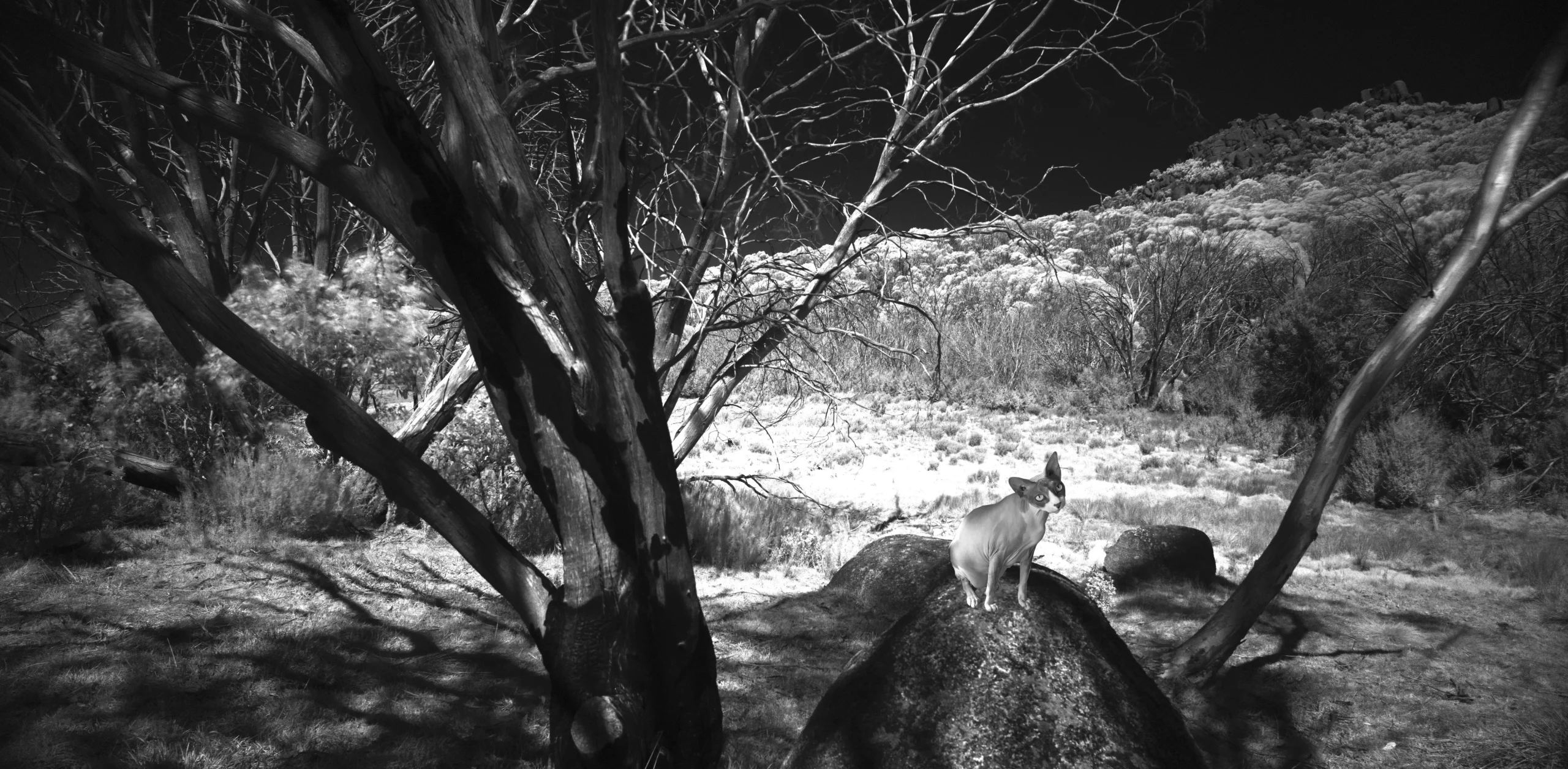
═════════════════════════════════════════════════════
Discover More: Art Collectors and Their Collections
Inside The World’s Greatest Private Art Collection
Exploring the Life and Art of Herbert and Dorothy Vogel
Art, History & Heritage : Qatar Museums Uncovered
Secrets Behind Famous Private Art Collections
Bill Gates Private Art Collection : Masterpieces & Mystery
Explore Mark Zuckerberg’s Private Art Collections & Interest
Elon Musk Impact on Art : Philanthropy and Innovation
High Profile Individuals and Their Private Art Collections
Top 200 Private Art Collections in the 21st Century
Leading 100 Private Art Collectors with $1 Billion+ in Art
Trump Tower : Art, Architecture, and Real Estate Legacy
Private Art Collections That Became Museums
The Legacy of Peggy Guggenheim’s 20th-Century Art Collection
Private Art Collectors Who Shaped Art History
Inside The Royal Collection: Arts, Photography, Sculptures
The 20 Most Expensive Artworks Ever Recorded of All Time
100 Historic Masterpieces Worth Over $500 Million each
Most Expensive Photography Sales in History
11. References
- Guggenheim, S.R., The Solomon R. Guggenheim Museum (2004), Guggenheim Museum Publications, ISBN 978-0892073409.
- Hart, D., The Frick Collection: A Handbook (2007), The Frick Collection, ISBN 978-0943651225.
- Karp, I., The Museum of Modern Art and the Art Market (2000), University of California Press, ISBN 978-0520227082.
- Lemoine, P., The Barnes Foundation: A Legacy of Art (2012), Barnes Foundation Press, ISBN 978-0997215809.
- Marmottan, J., The Musée Marmottan: A Legacy of Impressionism (1999), Musée Marmottan, ISBN 978-2901358030.
- Robertson, A., The Hermitage Museum: A History of Art and Collecting (2014), Oxford University Press, ISBN 978-0199310179.
Globetrotting Dentist and Australian Artists and Emerging Photographer to watch in 2025 Dr Zenaidy Castro. She is a famous cosmetic dentist in Melbourne Australia. Australia’s Best Cosmetic Dentist Dr Zenaidy Castro-Famous cosmetic dentist in Melbourne Australia and award-winning landscape photographer quote: Trust me, when you share your passions with the world, the world rewards you for being so generous with your heart and soul. Your friends and family get to watch you bloom and blossom. You get to share your light and shine bright in the world. You get to leave a legacy of truth, purpose and love. Life just doesn’t get any richer than that. That to me is riched fulfilled life- on having to discovered your life or divine purpose, those passion being fulfilled that eventuates to enriching your soul. Famous Australian female photographer, Australia’s Best woman Photographer- Dr Zenaidy Castro – Fine Art Investment Artists to Buy in 2025. Buy Art From Emerging Australian Artists. Investing in Art: How to Find the Next Collectable Artist. Investing in Next Generation Artists Emerging photographers. Australian Artists to Watch in 2025. Australasia’s Top Emerging Photographers 2025. Globetrotting Dentist and Australian Artists and Emerging Photographer to watch in 2025 Dr Zenaidy Castro. She is a famous cosmetic dentist in Melbourne Australia.
Globetrotting Dentist and Australian Artists and Emerging Photographer to watch in 2025 Dr Zenaidy Castro. She is a famous cosmetic dentist in Melbourne Australia. Australia’s Best Cosmetic Dentist Dr Zenaidy Castro-Famous cosmetic dentist in Melbourne Australia and award-winning landscape photographer quote: Trust me, when you share your passions with the world, the world rewards you for being so generous with your heart and soul. Your friends and family get to watch you bloom and blossom. You get to share your light and shine bright in the world. You get to leave a legacy of truth, purpose and love. Life just doesn’t get any richer than that. That to me is riched fulfilled life- on having to discovered your life or divine purpose, those passion being fulfilled that eventuates to enriching your soul. Famous Australian female photographer, Australia’s Best woman Photographer- Dr Zenaidy Castro – Fine Art Investment Artists to Buy in 2025. Buy Art From Emerging Australian Artists. Investing in Art: How to Find the Next Collectable Artist. Investing in Next Generation Artists Emerging photographers. Australian Artists to Watch in 2025. Australasia’s Top Emerging Photographers 2025. Globetrotting Dentist and Australian Artists and Emerging Photographer to watch in 2025 Dr Zenaidy Castro. She is a famous cosmetic dentist in Melbourne Australia.
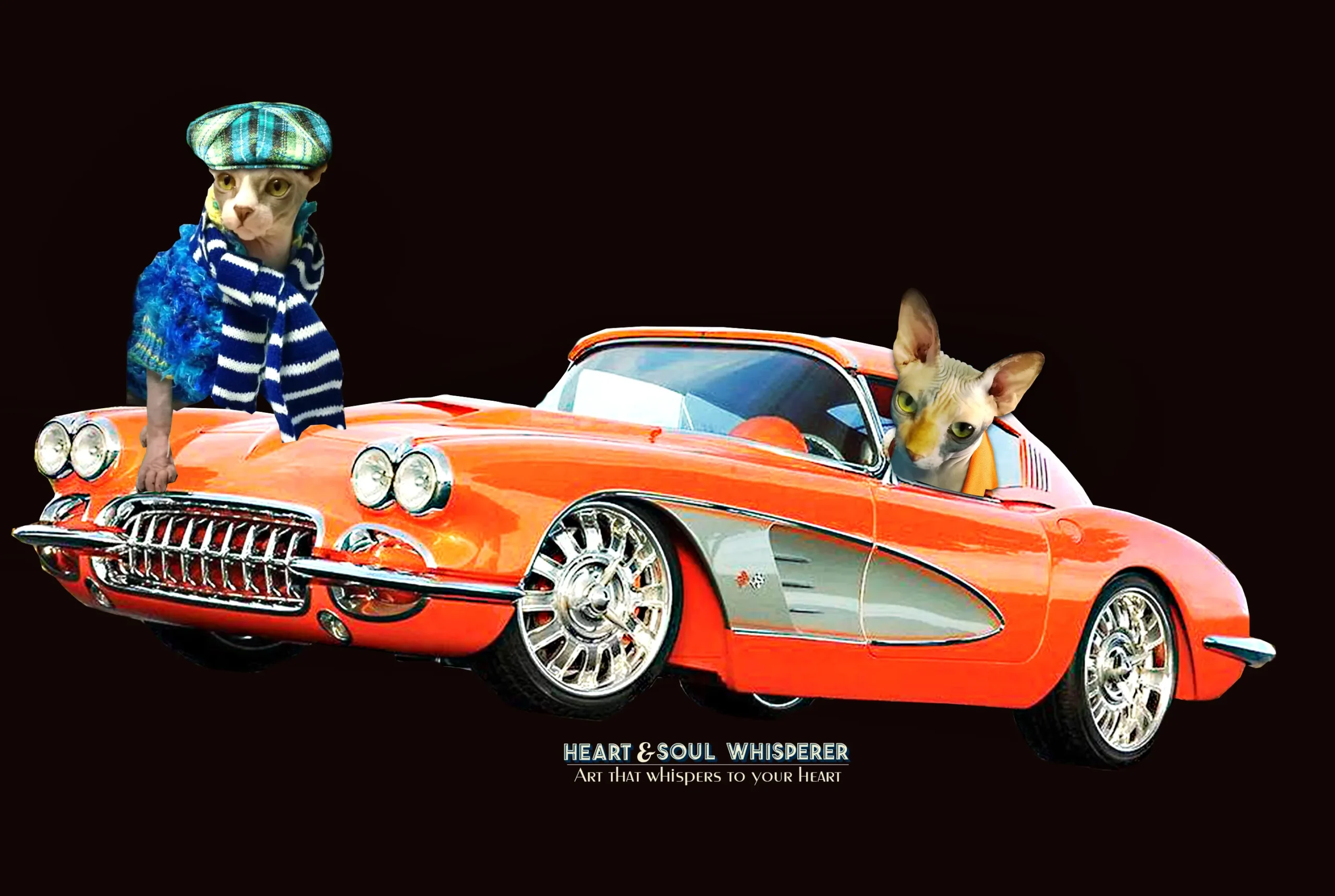
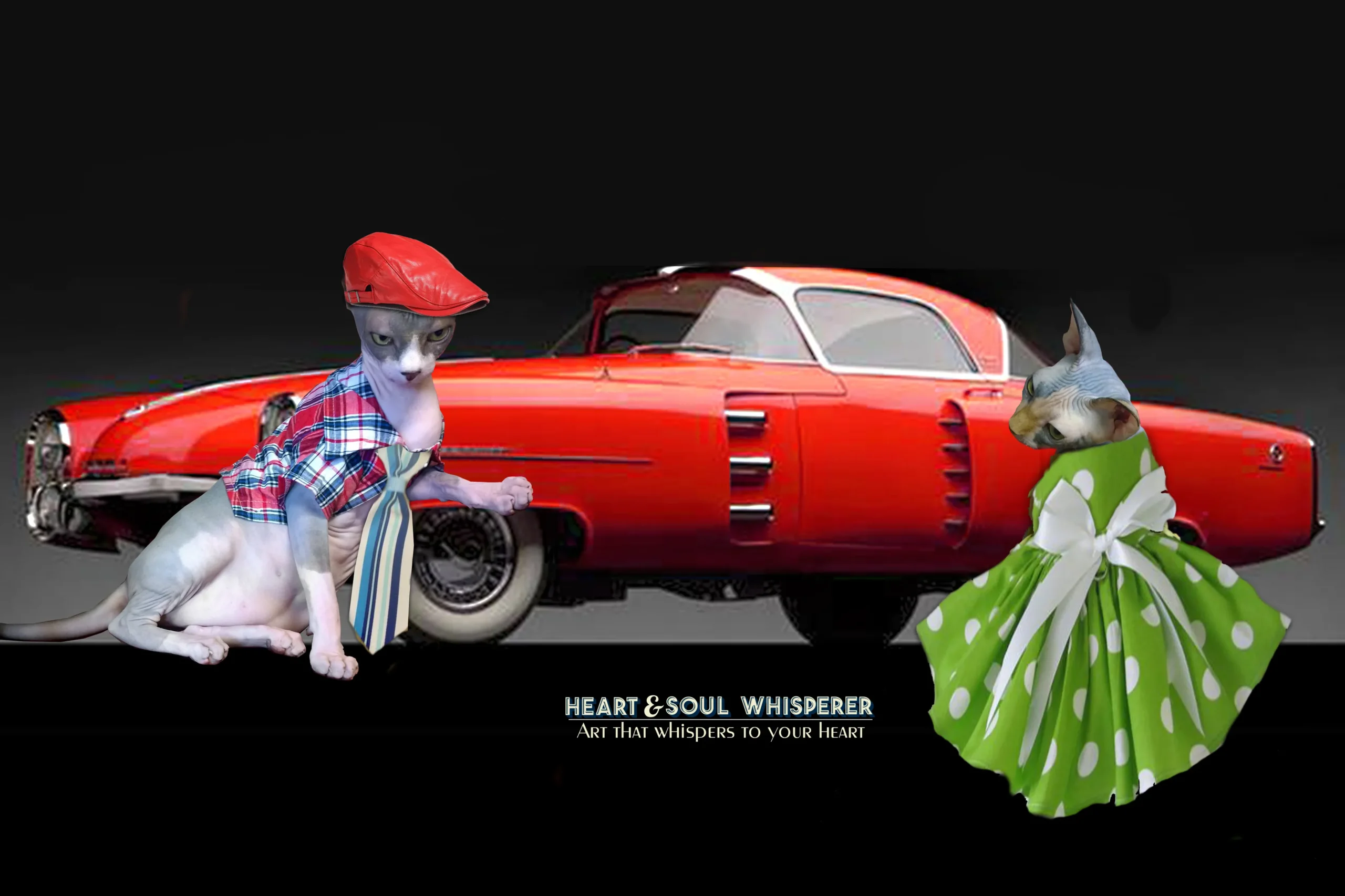
Got questions? We’d love to help.
Fill your world with artwork that evokes feeling.
Explore the gallery, find your kindred creation.
Because your light deserves to shine.
═══════════════════════════════════════════════════
At Heart & Soul Whisperer Art Gallery, every coloured and black and white photograph tells a story beyond sight—an emotional journey captured in light, shadow, and soul. Founded by visionary artist Dr Zenaidy Castro, our curated collections—spanning landscapes, waterscapes, abstract art, and more—offer a timeless elegance that transcends fleeting trends. Whether enriching private residences, corporate offices, healthcare facilities, hospitals, or hospitality spaces, our artworks are designed to transform environments into sanctuaries of memory, beauty, and enduring inspiration. Let your walls whisper stories that linger—reflections of art, spirit, and the love that connects us all.
SPECIAL B&W THEMES & SIGNATURE SERIES ➤ Limited Editions ➤ Infrared ➤ Vintage & Retro ➤ Film Emulation Photography ➤ Minimalism ➤ Chiaroscuro Landscapes ➤ Tenebrism-Inspired Scenes➤ Moody Landscapes ➤ Mystical Landscapes ➤ Moody and Mystical ➤
EXPLORE COLOURED LANDSCAPES & WATERSCAPES ➤ Country & Rural ➤ Mountain ➤ Trees & Woodlands ➤ At The Water’s Edge ➤
EXPLORE BLACK & WHITE LANDSCAPES & WATERSCAPES ➤Country & Rural ➤ Australian Rural ➤ The Simple Life ➤ Cabin Life & shacks ➤ Mountain ➤ Trees & Woodlands ➤ At The Water’s Edge ➤ Lakes & Rivers ➤ Waterfalls ➤ Beach, Coastal & Seascapes ➤ Reflections ➤ Snowscapes ➤ Desert & The Outback ➤
EXPLORE OUR CURATED COLLECTIONS ➤ Black and White ➤ Colour ➤ Abstract Art ➤Digital Art ➤People ➤
DISCOVER MORE ABOUT THE ARTIST & FOUNDER ➤About the Artist ➤ Blog ➤ Pet Legacy ➤Dr Zenaidy Castro’s Poetry ➤ Pet Poem ➤ The Globetrotting Dentist & photographer ➤ Creative Evolution ➤ As a Dentist ➤ Cosmetic Dentistry ➤ Vogue Smiles Melbourne ➤
DISCOVER MORE ABOUT HEART & SOUL WHISPERER ➤ The Making of HSW ➤ The Muse ➤The Sacred Evolution of Art Gallery ➤ Unique Art Gallery ➤
════════════════════════════════════════════════════
════════════════════════════════════════════════════
Explore more helpful and informative resources:
OFFICE & BUSINESS RESOURCES ➤ Artwork for Every Healthcare Facility ➤ Colour Theraphy in Healthcare ➤ Healing Wall Art for Every Room in the Hospital ➤ Corporate Art For Business Offices- Office Wall Art for sale ➤ Office and Business Art – Corporate Spaces with Elegance ➤ How to Choose Art for Your Office ➤ Office Wall Colours and Artwork Choices for Productivity ➤ Art and Colour in Architecture ➤ Styling Cruise Interiors with Fine Art Photography ➤ Affordable luxury art for corporate art procurement ➤ Hospitality Art ➤ Best Wall Art for Every Hotel Type ➤ Art and Colour in Boutique Hotels & Luxury Resorts ➤
INTERIOR DECORATORS RESOURCES ➤ B&W Photography ➤ Celebrity Homes and B&W Photography: Iconic Style Secrets ➤ The Psychology of Visual Rhythm in Art Display ➤ Emotional Luxury: Where Art Meets Interior Design ➤ Art and Colour in Luxury Properties ➤ Transform Interiors with Fine Art Photography and Style ➤ Fine Art Photography: Capturing Emotion, Ideas, and Vision ➤ Giclée Fine Art Print ➤
FENGSHUI & VASTU RESOURCES ➤ Attract Good Luck with Lucky Feng Shui Art and Vastu Art ➤ Harness Vastu Shastra and Art to Invite Good Fortune ➤ Feng Shui Art to Attract Good Luck ➤
CATS IN ART ➤ Sphynx Cats Photography ➤ Immortalize Your Pets | Fine Art Photography Tribute Prints ➤ Sphynx Cats in Art ➤ Cats in Art ➤ Exotic Cat Breed in Art ➤ Sphynx Cats in Art: Captivating Beauty and Expression ➤ Celebrate Pet’s Life in Art – Honouring a Pet’s Legacy ➤ The Muse of our Creative Inspiration ➤ The Sphynx Cat who inspired the Brand ➤
═════════════════════════════════════════════════════


